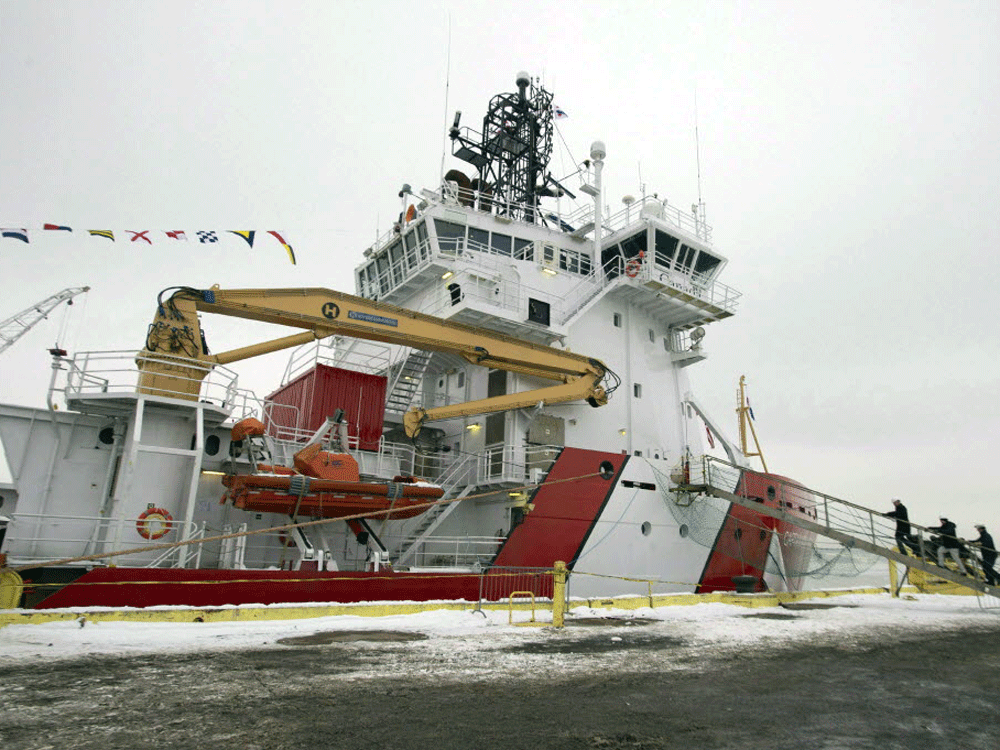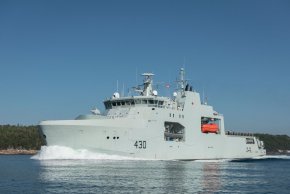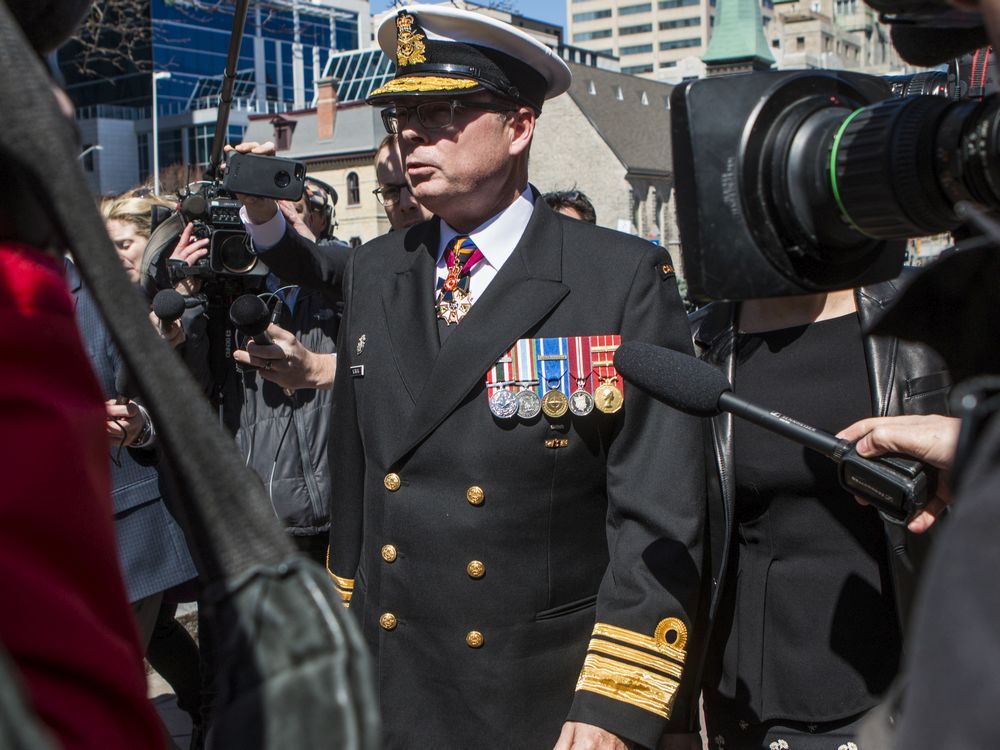Well thank god you are here to correct my ignorance! Now I know that those Aussies actually made the best procurement decision ever choosing the ultimate war machine for the 21st century. I mean we should totally just accept that the fate of billion dollar defense programs is determined by the ephemeral knowledge of the wise ones that rule over plebs like me! By no means should we go on the interwebs and discuss these matters with others that are interested. NO we should know our place and trust that our betters will make the right decision!
But even after you made me aware of this, I dragged my insolent ass onto the web and took another look at that brochure you mention. And, to me at least, it looks very much that the term "Global Combat Ship" has to do with the ship's reach and ability to operate in any environment. But, BAE does mention in the second paragraph that the design will be "adaptable" to "accommodate different sub-systems".
Global Combat Ship
I mean WOW I wish I'd taken more "care" to read the "brochure". I thought NO WAY!!! would a navy ship be designed to allow the customer to fit the systems they want! You're right! No government could choose anything but this groundbreaking technology! Why would they want a ship that has 75% commonality with ships they've already built and spend hundreds of millions of dollars on, finally working out the kinks. Nor would they want a design that is already in the water and proven to be an excellent ship.
The Australians never ASKED for Dutch industry to participate in the Sea 5000 bid, nor did they ask the French... Guess they did make a good choice in the progress. And God only knows why they chose the T26, well God and maybe
@oldsig127.
Sig, sorry if I'm to salty. But aren't we here to question things?



